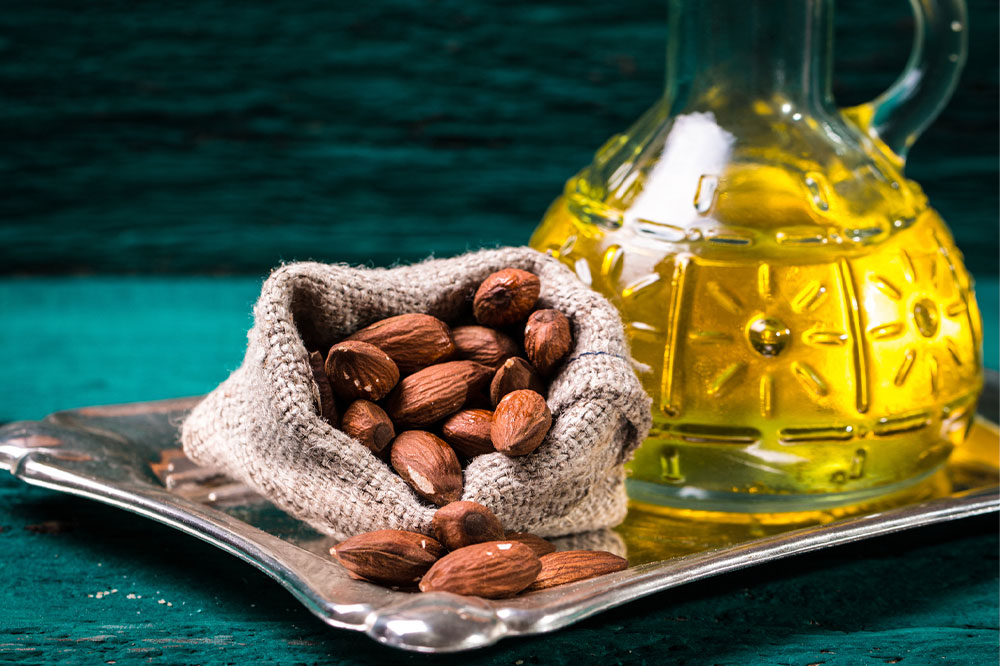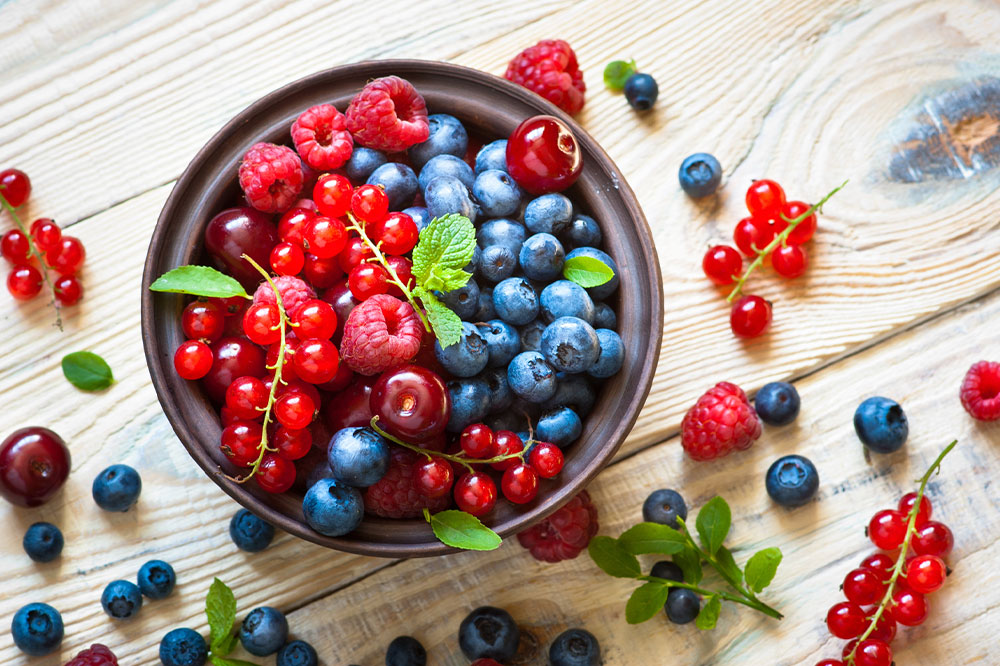Fighting Wrinkly Skin – Causes, Remedies, and Food Options

Aging is a natural process characterized by several physical and mental changes. Wrinkles and fine lines are among the first and most common physical signs reflecting one’s transition to old age. With time, these typically become more pronounced, affecting the skin’s texture. On the bright side, wrinkles are easily reversible with consistent healthcare, natural remedies, and a few lifestyle changes. This article provides an in-depth insight into wrinkles, their causes, natural remedies, and food options.
How can you identify wrinkles?
Wrinkles are creases or ridges appearing on the skin’s surface, typically due to aging. With age, the skin tends to lose its elasticity, progressively thinner and drier, resulting in fine lines or wrinkles. Although wrinkles are often associated with the face, they may also appear in other areas, such as the arms and neck. However, the first wrinkles typically appear on muscles regulating facial expressions, such as the corners of the eyes and mouth.
Causes of wrinkles
Aging
Wrinkles are synonymous with aging and result from loss of skin flexibility. With time, the skin eventually dries up, and the lack of moisture can cause issues like crow’s feet around the eyes and fine lines around the mouth.
Exposure to UV rays
UV rays contribute to the development of free radicals in the skin, destroying its elastin fibers and leading to the development of wrinkles. Individuals with lighter skin are more susceptible to wrinkles, as they are less protected from UV rays compared to those with darker skin.
Certain facial expressions
Fine lines may also form around the forehead, corners of the eyes and mouth, and other areas on the face due to certain facial expressions like frowning and squinting. These facial expressions form deep creases, eventually leading to the formation of wrinkles.
Environmental pollutants
Exposure to environmental agents like dust particles, soot, and nitrogen oxide can cause skin degradation, contributing to skin aging and wrinkle formation. These environmental pollutants are emitted by vehicles, construction sites, and industries.
Beauty products
Make-up products, if not removed for long periods, can clog the skin pores and cause significant skin damage over time. Premature aging is one of the repercussions of make-up left on the skin for extended periods.
Natural remedies to eliminate wrinkles
Banana peel mask
Banana peel is rich in several essential nutrients, including vitamins A, B, C, and E; fiber; minerals like iron, potassium, and zinc; and fatty acids. Thus, it can replenish the skin with the required nutrition, prevent inflammation, and help eliminate signs of aging.
Yogurt mask
Yogurt, packed with probiotics, acts as a cooling agent for the skin, providing considerable hydration and facilitating skin repair. You can also prepare a thick paste by blending yogurt and honey. Apply the mask to your face and other wrinkle-affected areas.
Face massages
Face massages can help relax the facial muscles, which is instrumental in preventing and remedying wrinkles and fine lines. However, getting regular face massages from professionals can help release muscular tension.
Moisturizing and hydration
Adequate moisturization and hydration can help reduce fine lines and soothe the skin, preventing premature aging. Serums, moisturizers, oils, and toners can help provide the skin with moisturization; however, in addition, it is essential to consume at least 2 liters of water a day to prevent dehydration.
Coconut oil
Coconut oil is packed with antioxidants and increases collagen in the body, replenishing the skin and ensuring hydration. Coconut oil also provides a natural radiance to the skin.
Aloe vera
Topical application of aloe vera helps with collagen formation; moreover, aloe vera contains malic acid, which increases facial flexibility. One can purchase aloe vera gel from the market or extract it from the leaf and apply it over the wrinkle-affected areas.
Ginseng
According to a 2015 study, ginseng can help slow down signs of aging like wrinkles. Ginseng extract is particularly effective in remedying eye wrinkles and hydrating the skin.
Food options for individuals with wrinkles
Spinach
Spinach is packed with antioxidants; beta carotene; magnesium; vitamins A, C, and K; and iron, among other nutrients. It also contributes to collagen production, which is essential for skin rejuvenation and the prevention of skin aging.
Papaya
Papaya is a powerhouse of essential nutrients, including vitamins A, B, C, and K; calcium; phosphorus; antioxidants; and enzymes, which promote healthy skin and help eliminate fine lines. It also helps the body get rid of dead skin cells, preventing the skin from aging further.
Fatty fish
Fatty fish, or fish varieties rich in omega-3 fatty acids, help hydrate the skin internally and reverse signs of aging. Sardines, tuna, mackerel, mussels, and salmon are some fatty fish varieties to include in one’s food routine to prevent and remedy signs of aging.
Eggs
Besides serving as rich protein sources, eggs contain high levels of lutein, which helps ensure skin tightness and suppleness. Moreover, the fatty acids in eggs help nourish the skin and enhance its radiance. An egg a day for breakfast can do wonders for one’s skin and overall health.
Blueberries
Blueberries contain antioxidants and free radicals, in addition to dietary fiber and vitamins C and K. Such a rich concentration of nutrients facilitates the protection of the skin from further skin damage and aging. One can choose to have blueberries directly or incorporate them in fruit salads, cereals, and smoothies.
Walnuts
One ounce of walnuts contains 2.5 grams of omega-3 fatty acids. Moreover, walnuts are rich in vitamins like A, B6, and E, which help nourish and heal the skin.
Sweet potatoes
Sweet potatoes are packed with vitamins A, C, and E, protecting the skin against free radicals and repairing damaged skin cells.
Oranges
Due to the high concentration of vitamin C in oranges, incorporating this food in one’s regular meals helps restore the skin’s structure and tone and reverse signs of aging. It also ensures skin elasticity and firmness.
Ensuring wrinkle-free skin is all about early and consistent intervention. Some key healthcare measures like following a balanced meal routine, staying hydrated, and using the right skincare products can help delay the development of wrinkles and fine lines.


